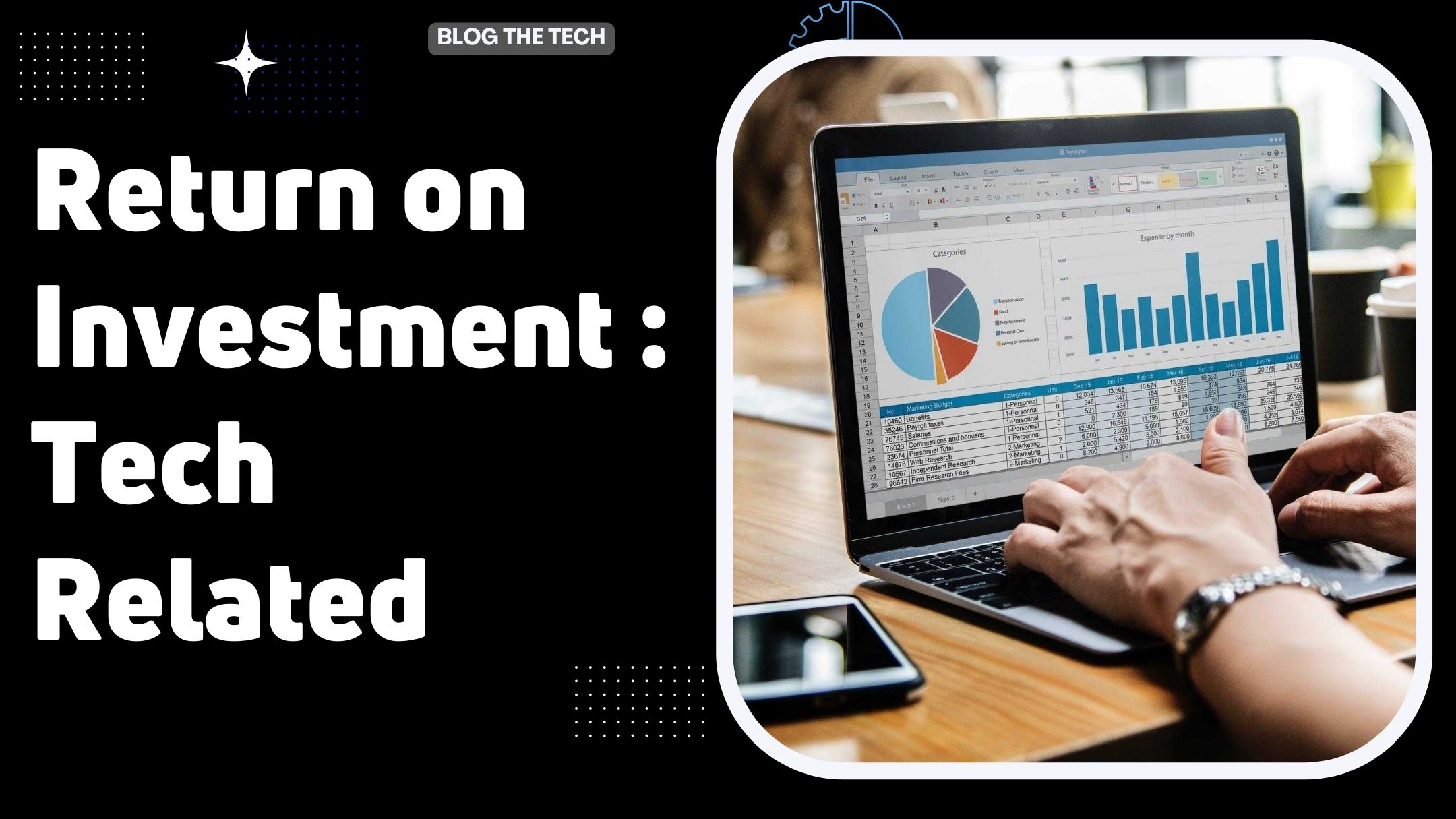Return on Investment (ROI) is a performance measure used to evaluate the efficiency of an investment or compare the efficiency of a number of different investments. ROI tries to directly measure the amount of return on a particular investment, relative to the investment’s cost. To calculate ROI, the benefit (or return) of an investment is divided by the cost of the investment. The result is expressed as a percentage or a ratio.

ROI = (Current Value of Investment – Cost of Investment) / Cost of Investment
In the above formula, “Current Value of Investment” refers to the proceeds obtained from the sale of the investment of interest. Because ROI is measured as a percentage, it can be easily compared with returns from other investments, allowing one to measure a variety of types of investments against one another.
Breaking Down Return on Investment (ROI)
ROI is a popular metric because of its versatility and simplicity. Essentially, ROI can be used as a rudimentary gauge of an investment’s profitability. This could be the ROI on a stock investment, the ROI a company expects on expanding a factory, or the ROI generated in a real estate transaction.
The calculation itself is not too complicated, and it is relatively easy to interpret for its wide range of applications. Multiple technologies automate ROI calculations. For example, suppose you are passively investing in real estate or syndicating a multifamily deal. In that case, most software for real estate syndicators can help you estimate the ROI before actually putting your money in. If an investment’s ROI is net positive, it is probably worthwhile. But if other opportunities with higher ROIs are available, these signals can help investors eliminate or select the best options. Likewise, investors should avoid negative ROIs, which imply a net loss.
Limitations of ROI
Examples like Joe’s (above) reveal some limitations of using ROI, particularly when comparing investments. While the ROI of Joe’s second investment was twice that of his first investment, the time between Joe’s purchase and the sale was one year for his first investment and three years for his second.
Joe could adjust the ROI of his multi-year investment accordingly. Since his total ROI was 40 percent, to obtain his average annual ROI, he could divide 40 percent by 3 to yield 13.33 percent. With this adjustment, it appears that although Joe’s second investment earned him more profit, his first investment was actually the more efficient choice.
Developments in ROI
Recently, certain investors and businesses have taken an interest in the development of a new form of the ROI metric, called “Social Return on Investment,” or SROI.
SROI was initially developed in the early 2000s and takes into account the broader impacts of projects using extra-financial value (i.e. social and environmental metrics not currently reflected in conventional financial accounts). SROI helps understand the value proposition of certain ESG (Environmental Social & Governance) criteria used in socially responsible investing (SRI) practices.
